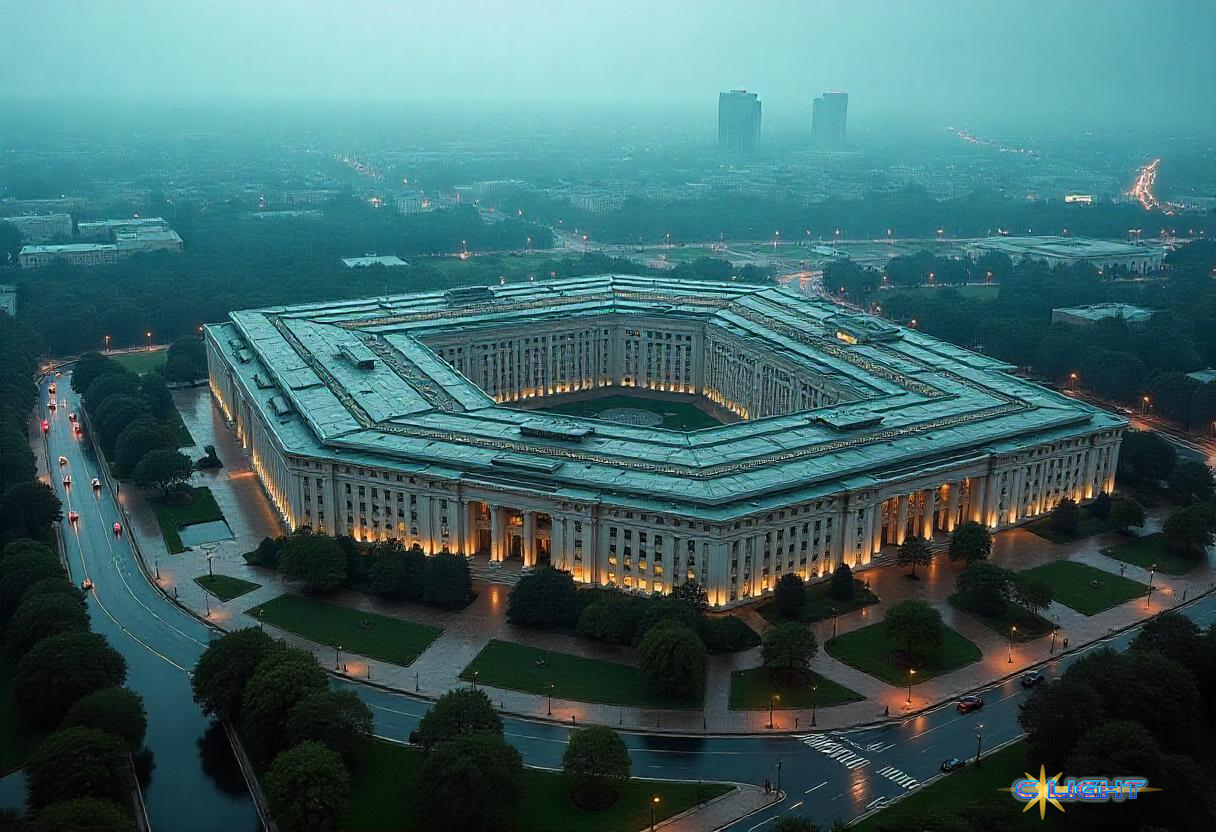Defense Secretary Pete Hegseth on Monday ordered significant reductions in the number of the U.S. military’s highest-ranking officers, mandating cuts of at least 20% for four-star generals and admirals and 10% for all general and flag officers (one-star and above). According to a memo obtained by CNN and confirmed by Newsweek reporting, the directive also requires a 20% cut in National Guard general officers. As of 2023, the military had 37 four-star officers, and roughly 900 total general and flag officers across all services.
In the memo, dated May 5, 2025, Hegseth described the cuts as a “critical” step toward “removing redundant force structure to optimize and streamline leadership by reducing excess general and flag officer positions,” aiming to free the military from “unnecessary bureaucratic layers.” This aligns with a broader Trump administration effort to shrink the size and scope of the federal government.
However, the move also comes from a Secretary who has previously voiced strong criticisms of the current military leadership. Hegseth, a former Army National Guard officer and prominent conservative commentator prior to his appointment, argued during his confirmation hearing and in subsequent podcast interviews that there are too many senior officers. He stated last year that he believed roughly a third were “actively complicit” in the military’s politicization, suggesting they catered to “ideologues in Washington” on issues he characterized as “social justice, gender, climate, extremism crap” to secure promotions.

These personnel reductions appear to be part of a wider series of restructuring initiatives implemented under Hegseth since taking office. Just last week, he ordered a sweeping transformation of the Army aimed at creating a “leaner, more lethal force,” involving headquarters closures and staffing cuts. In March, he launched an initiative to “realign” the Pentagon’s civilian workforce, reopening early retirement options and calling for a new organizational chart. Furthermore, the Pentagon has been exploring potentially consolidating major combatant commands, such as merging European Command (EUCOM) and Africa Command (AFRICOM).
This directive follows an administration that has already undertaken high-profile removals of military leaders, including the Chairman of the Joint Chiefs of Staff and the Chief of Naval Operations, earlier this year. Hegseth also mentioned in February leveraging Elon Musk’s Department of Government Efficiency (DOGE) to find “fraud, waste, and abuse” within the Defense Department.
The restructuring occurs amid shifts in U.S. strategic focus, with the Trump administration emphasizing countering China while often signaling a turn away from traditional European alliances and maintaining thawed relations with Russia – moves that Newsweek reported have raised concerns among some experts and military members. The push for top-level personnel efficiency also contrasts with President Trump’s recent championing (in April) of a record $1 trillion Pentagon budget, which he called the “biggest one we’ve ever done” while asserting the administration was still “very cost-conscious.”

While framed as an efficiency measure, the directive to cut the military’s most senior and experienced leaders has sparked concerns, as noted by Newsweek, among experts and current/former military personnel. Critics worry that reducing the number of four-star officers – individuals often possessing decades of operational experience and deep institutional knowledge, particularly regarding long-standing strategic competitors like Russia and China – could negatively impact military readiness and strategic planning. Questions have also been raised about the potential loss of candid, experience-based military advice available to civilian leadership, a role traditionally filled by the most senior officers.
The mandated cuts represent a significant reshaping of the U.S. military’s senior leadership landscape, driven by stated goals of streamlining but occurring within a context of ideological critiques from the Secretary of Defense, broader Pentagon restructuring, and concerns about the potential impact on national security capabilities.
Discover more from Clight Morning Analysis
Subscribe to get the latest posts sent to your email.










